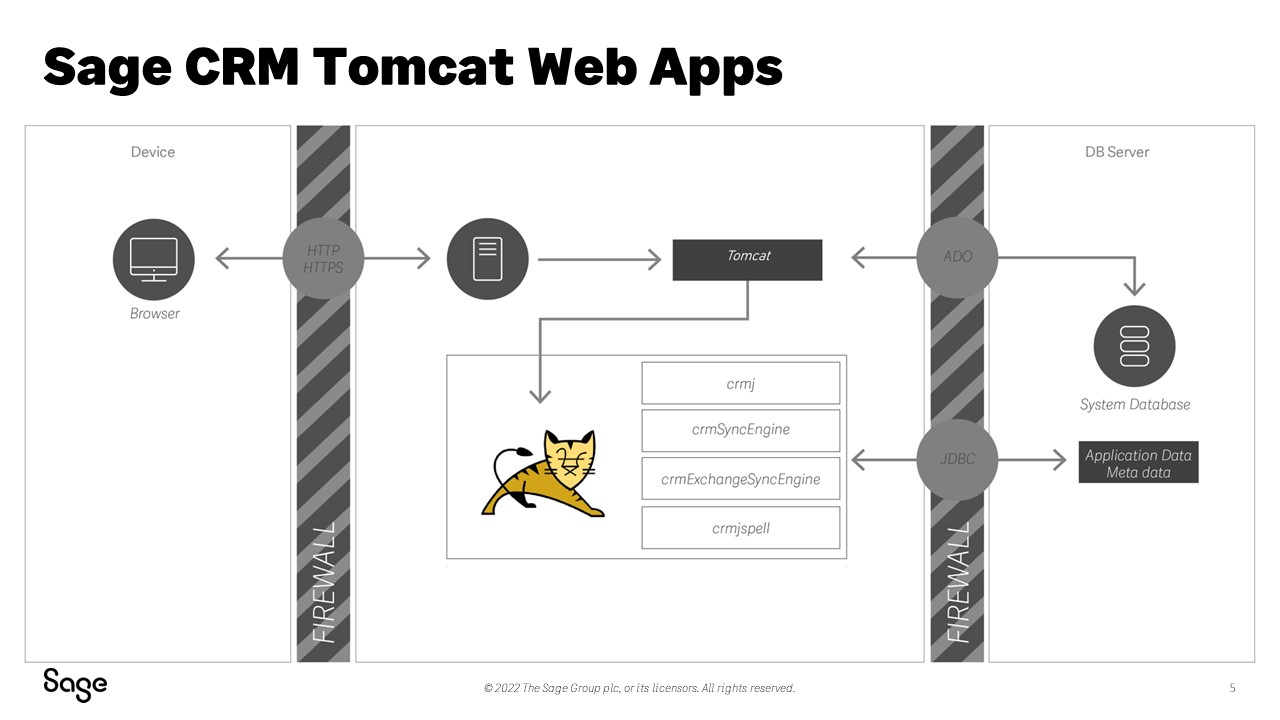In this article, I want to think about how the ReadOnly SData provider can be used to extend the capabilities of Sage CRM.
To do this I need to put the SData interface into some context. SData is a form of web service and as I discussed in the article "An Introduction to using the SOAP Web Services" there are in fact two forms of web service in Sage CRM.
- SData is a Sage standard that is used across many of Sage's products. It is a form of web service based on RESTful principles (Representational state transfer).
- SOAP Web Services are the classic interfaces that adhere to the SOAP protocol specification.
The article I have referenced above is a very useful one to read as it explains how the architecture of the product leads there to two APIs in usage.
Sage CRM has implemented ReadOnly support for the SData communication but the implementation of the API continues to develop. Most recently it is also used to enable the Ajax features of the browser-based Client-Side API.

The above diagram shows the Java/Tomcat parts of the Sage CRM architecture. SData is used by the newer features (that use the Tomcat webapp technology) as its communication protocol.
The usage of SData continues to open up new possibilities for exchanging data between Sage applications. Developers working with Sage CRM can control how SData can allow data from custom entities and views to be published to the web with a simple click.
Below are links to the main articles on the Community that will help you learn more about the SData API.
On-Premise and General
The articles in the series are:
- Sage CRM's RESTful API, An Introduction
- Architecture and Web Services
- Working with an instance of Sage CRM
- Extending query access to custom entities and views in SData
- Thinking about security
- SOAP CRUD vs REST CRUD
- Limitations of SData 1.1
- Compatibility as a priority
- What is JSON?
- SData 2.0 CRUD
For articles about the REST API see: https://www.sagecity.com/sage-global-solutions/sage-crm/b/sage-crm-hints-tips-and-tricks/posts/the-rest-api-a-round-up-of-articles
Other
- Understanding SData & how the GCRM Contract is used in Sage ERP Integrations
- Security and the SData Gadget and ReadOnly SData provider
- SData Query Language - Examples Available for Download
- Using SData to expose Group-like Data to an External Application in Sage CRM
- Sage CRM Creating Ajax calls using the Client Side API.
- How to track a SData provider request to see the SQL that is fired.

